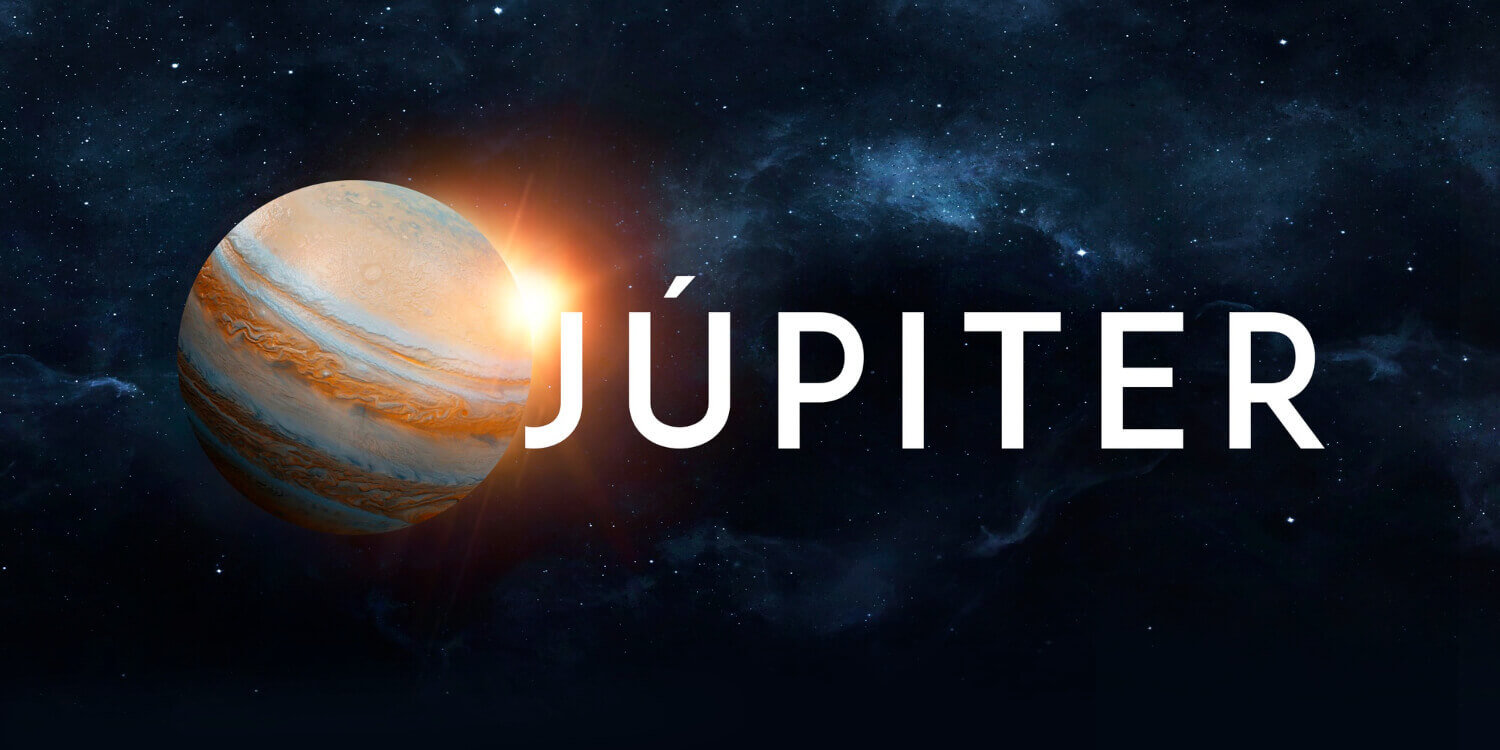Jupiter is the fifth planet from the Sun and a beautiful gas giant that dominates our solar system. Jupiter is the biggest planet in our solar system and is also called the “King of Planets.” Its colossal size, mesmerising storms, Atmosphere, and magnificent Jupiter facts are waiting to be explored. Today we are going to explore and unveil ten amazing and interesting facts about Jupiter, shedding light on the captivating secrets of this majestic planet.
Also Read: Tips To Get Children Interested In Space Science
Interesting facts about Jupiter
Jupiter’s Magnetic Field:
Jupiter has a strong magnetic field. Here the interesting facts about Jupiter are that it is twenty thousand times more powerful than Earth. This field creates a magnetosphere that extends far beyond the planet, protecting it from solar wind and generating intense radiation belts.
Banded Atmosphere:
Jupiter’s Atmosphere is composed of distinct bands of clouds consisting mainly of ammonia crystals. These bands, with their vibrant colours, contribute to the planet’s iconic appearance.
Four moons:
The most shocking fun facts about Jupiter are four big moons known as Io, Europa, Ganymede, and Callisto. These moons were found by the Italian astronomer Galileo Galilei. Jupiter is the most interesting planet in our solar system.
- Io is one of Jupiter’s moons and is the most volcanically active area in the galaxy. It is enclosed by almost 400 active eruptions, which throw out quantities of sulphur and produce a continuously changing environment.
- A worldwide ocean of liquid water exists under Europa’s frozen surface, making it one of the most promising places to look for life outside Earth. Scientists believe that this underground ocean may provide the required conditions for life to develop.
3, Ganymede is the biggest moon in our solar system, even larger than Mercury. It has its magnetic field and is the only moon known to create one.
- Callisto, Jupiter’s second largest moon, has a highly cratered surface. Its landscape protects a record of ancient impacts, providing valuable insights into the early history of our space.
Also Read: Interesting Facts about Space for Kids
Fastest Rotation:
One of the interesting facts about Jupiter is, it has the shortest day of any planet in our solar system, completing a full rotation on its axis in just under 10 hours. Its rapid rotation causes the planet to have a distinct oblate shape.
Biggest planet Jupiter:
Jupiter is the biggest planet in our solar system, and It is so large that it could fit more than 1,300 Earths inside Jupiter. The Great Red Spot, a huge storm that has been raging for at least 300 years, is one of Jupiter’s most identifiable characteristics. It is a rotating cyclone with the ability to consume three Earths. Alongside the Great Red Spot, Jupiter is home to another massive storm known as the Great Cold Spot. Located near the planet’s south pole, this cold, swirling storm is surrounded by a cyclone-like system.
Moon Shadows:
Jupiter’s four largest moons, the Galilean moons, cast shadows on the planet’s cloud tops. These shadow transits can be observed from Earth with a telescope, offering a fascinating spectacle for stargazers.
The Trojan Asteroids:
Jupiter’s immense gravity has captured a group of asteroids known as the Trojan asteroids. These asteroids share Jupiter’s orbit and are locked in stable positions around its Lagrange points.
Faint Rings:
Although not as prominent as Saturn’s rings, Jupiter also possesses a system of faint rings. These rings are composed of small particles and debris, likely the remnants of cometary impacts.
Magnetospheric Interaction:
Jupiter’s magnetic field reacts with the magnetic field of its moon Io, resulting in severe volcanic activity on its surface. The gravitational forces between Jupiter, Io, and the other moons of Jupiter cause this effect, which is known as temporal heating.
Auroras:
Jupiter’s powerful magnetic field produces stunning auroras near its poles. These dazzling light displays are caused by charged particles from the Sun interacting with the planet’s Atmosphere.
Multiple Storms:
Jupiter is known for its complex system of storms and atmospheric disturbances. Besides the Great Red Spot, numerous smaller storms, called vortices, can be observed across the planet’s Atmosphere. The most interesting Jupiter fact is the storm’s shape in Jupiter. In Jupiter, storms often take on an oval shape. These storms, called anticyclones, can persist for long periods and create distinct features in the planet’s Atmosphere. Studying Jupiter and its atmospheric composition provides valuable insights into the characteristics and behaviour of gas giants beyond our solar system. It helps scientists understand the diversity of exoplanetary systems.
The Bizarre Magnetic Footprints:
Another wondering Jupiter fact is bizarre Magnetic Footprints. Jupiter’s moons, particularly Io and Europa, create distinct magnetic footprints within the planet’s magnetosphere. These footprints are formed as the moons interact with the surrounding plasma and magnetic fields, leaving a lasting impact on Jupiter’s magnetic environment.
Also Read: Science Stream Career Options after 10th & List of Courses after 12th
Conclusion:
At EuroSchool, we know that teaching about Jupiter’s magnetic field, the Great Red Spot, and the Galilean moons allows our students to understand and enjoy the fun facts about Jupiter and the complex interactions that define our solar system. So keep looking up at the stars, dream big, and never stop discovering the secrets that await us in the great world.









